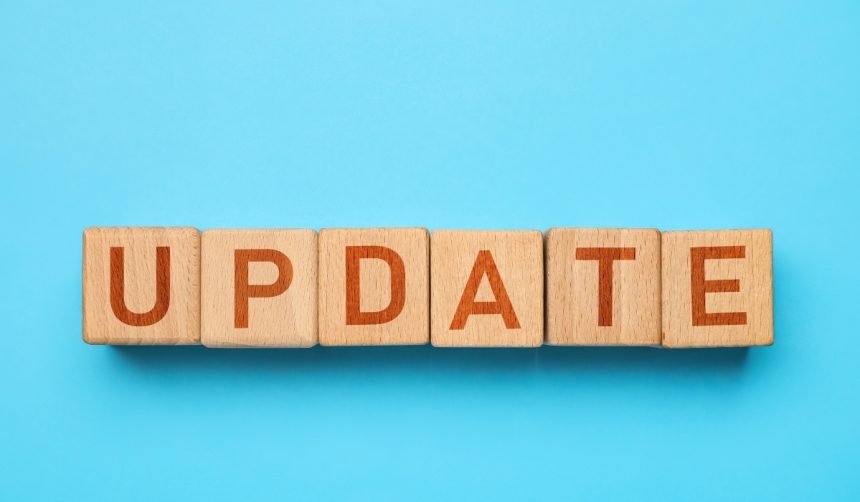Wordle fans welcomed June with anticipation for a new puzzle challenge, as the renowned word game offered them a fresh opportunity to test their vocabulary and reasoning skills. The daily ritual of analyzing letter placements and seeking patterns offers not just entertainment, but also a sense of shared experience among its global players. While some approach the puzzle as a serious mental workout, others take a more relaxed style, sometimes stepping away and returning with new insights. Many seasoned solvers revisit strategies like alternating between vowels and consonants, keen to improve their word deduction tactics for each attempt.
Wordle’s previous puzzle outcomes often shape the expectations and tactics of its dedicated community. Earlier reports highlighted how players tracked lists of recent answers to avoid repetition, while social media discussions circulated best practices, such as never repeating eliminated letters in guesses and favoring starting words rich in vowels and common consonants. Critics had questioned whether the acquisition by The New York Times would affect gameplay or puzzle quality, but game mechanics have largely remained stable, continuing to attract both novice and experienced word game enthusiasts alike.
What Answer Did Wordle Deliver on June 1?
On the first day of June, Wordle presented puzzle #1443 with a clue guiding users to think of a word that describes something “coarse,” “bumpy,” and “not smooth.” This steered many towards the correct answer, “ROUGH,” which required players to utilize their knowledge of English adjectives describing texture or comportment. For those uncertain or missing crucial hints, seeing three letters illuminate on the grid provided much-needed confidence to complete the solution.
How Do Tips and Hints Influence Puzzle Strategies?
The use of daily hints, as well as community-shared advice, continues to support players in improving their performance. Suggested opening moves, such as selecting words with a calculated mix of frequent vowels and consonants, help maximize discovery potential. Repeated reminders not to waste guesses on letters already ruled out have become common wisdom among avid participants.
Why Do Players Value the Ongoing Tradition of Wordle?
The routine of solving Wordle’s five-letter puzzle and sharing results has become an integral part of many users’ days. Tips posted by the publisher encourage people to treat the challenge as a casual, pressure-free engagement, with some even comparing it to working through a crossword puzzle at leisure. As a player noted,
“There’s no need to rush, sometimes stepping away and coming back helps find the answer.”
This approach fosters a supportive community, where discussion of previous answers, including words like “HABIT” and “GRIFT,” influences subsequent attempts.
Wordle, originally designed by Josh Wardle, has inspired numerous spin-offs that focus on themes ranging from music to geography. Its acquisition by The New York Times did not disrupt the central format, and new puzzles, like “ROUGH” on June 1, continue to drive engagement and word-of-mouth strategy discussions. Many players now employ methodical approaches: starting with strong, diverse-letter words, using pattern recognition, and referencing recent answers to refine guesses. For readers interested in daily brain teasers or seeking to strengthen vocabulary skills, Wordle offers a steady and accessible platform for personal improvement and communal interaction. The ongoing popularity of the puzzle shows that simple, daily rituals built around logic and language remain effective in fostering consistent user participation and enthusiasm for problem-solving in a digital space.
- The June 1 Wordle answer was “ROUGH” after a textured clue was given.
- Players frequently use past answers to guide new strategies and guesses.
- The puzzle’s format continues to attract daily participation and shared tips.










